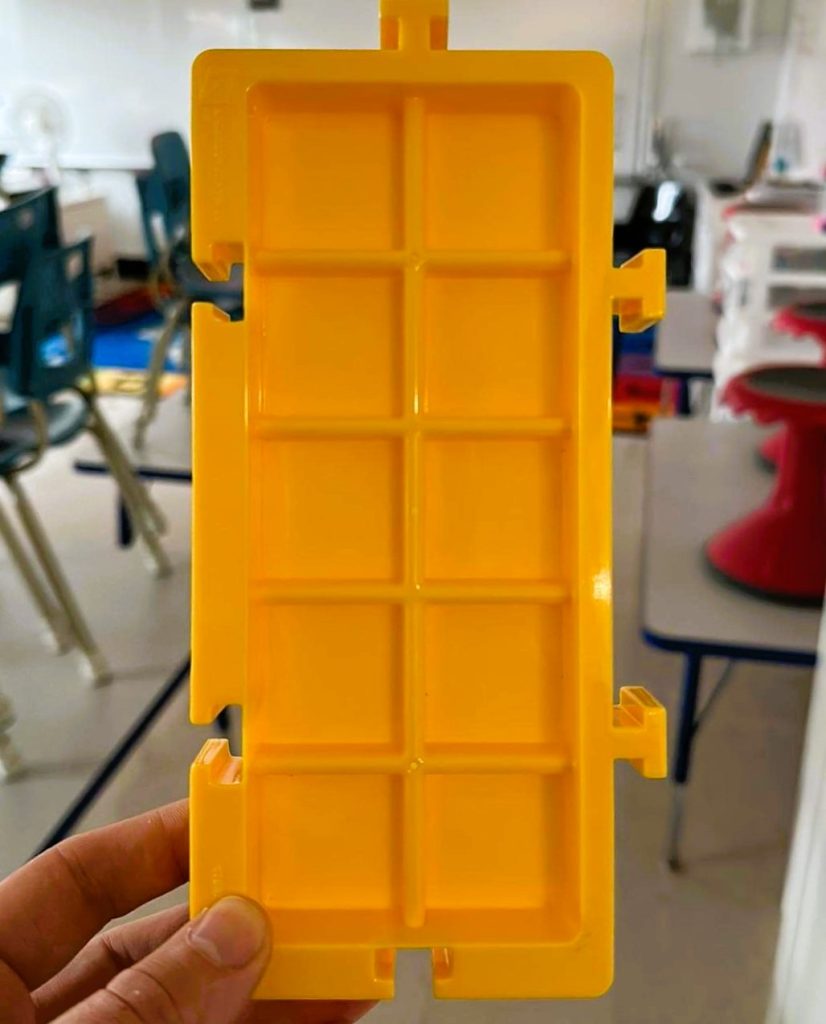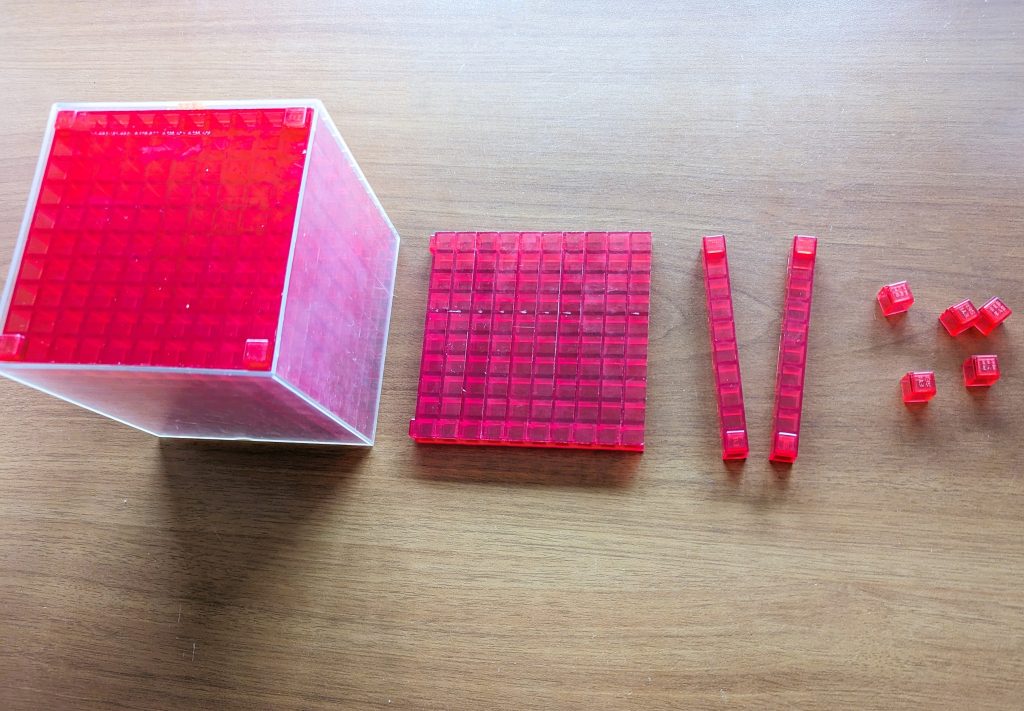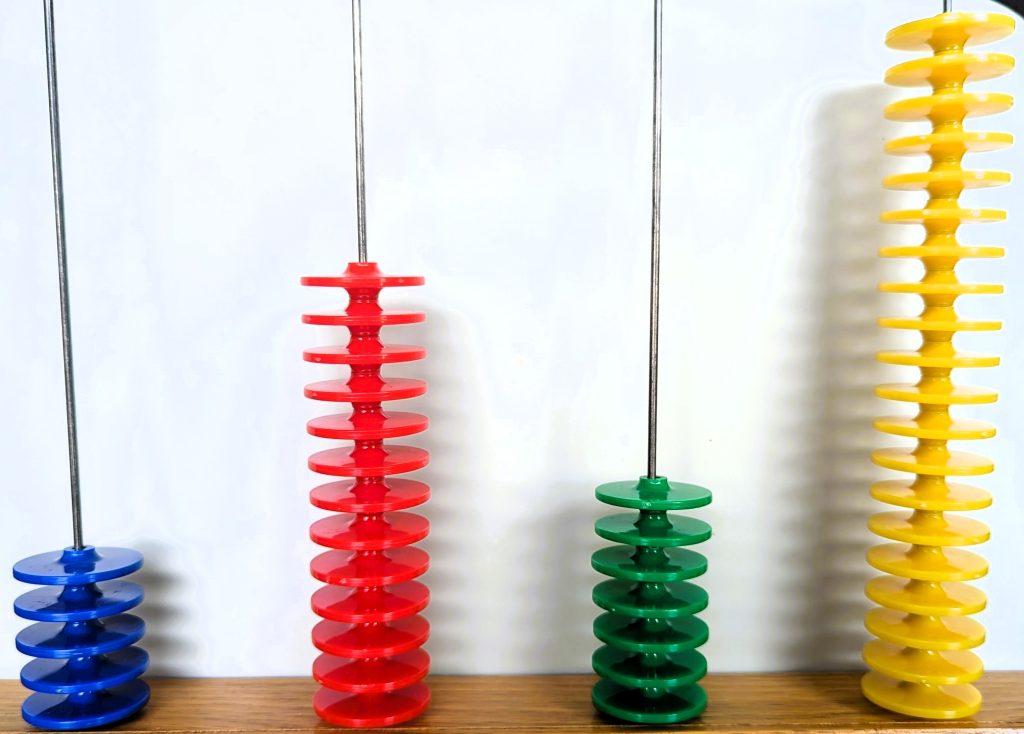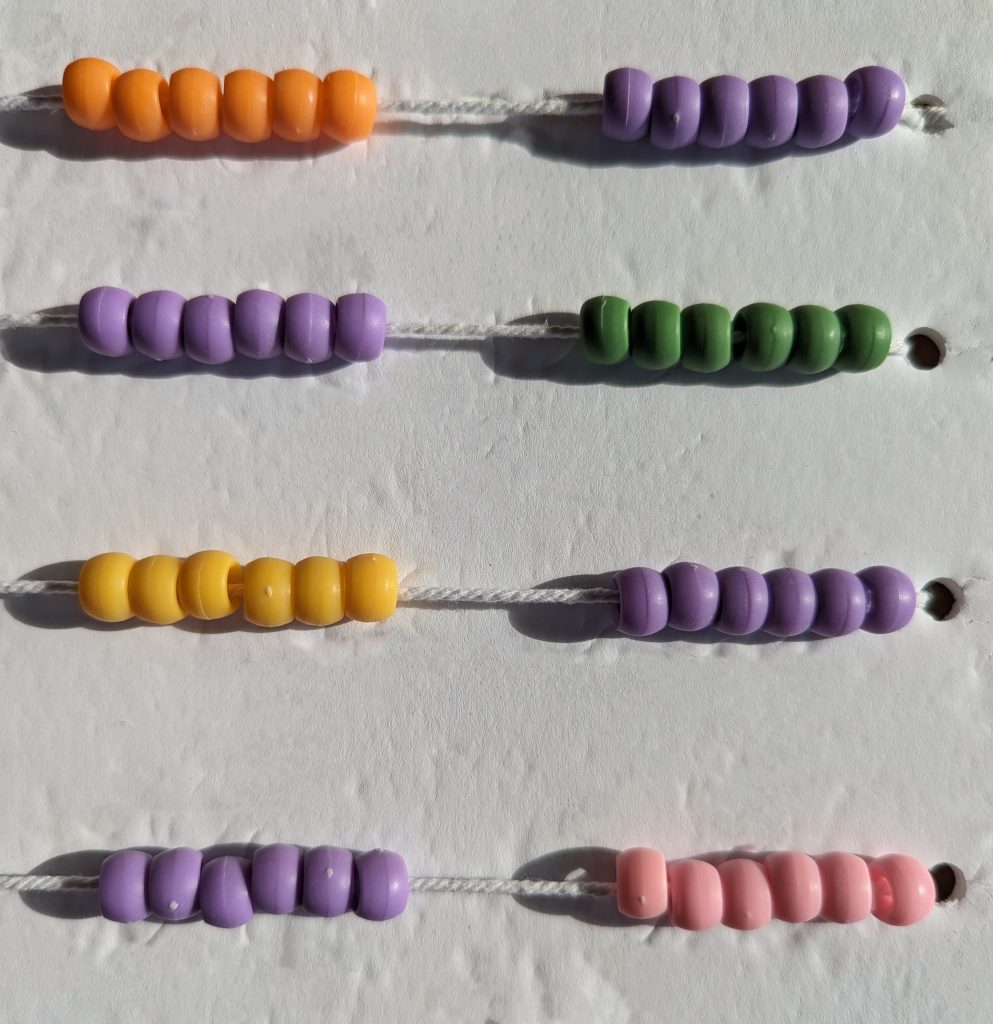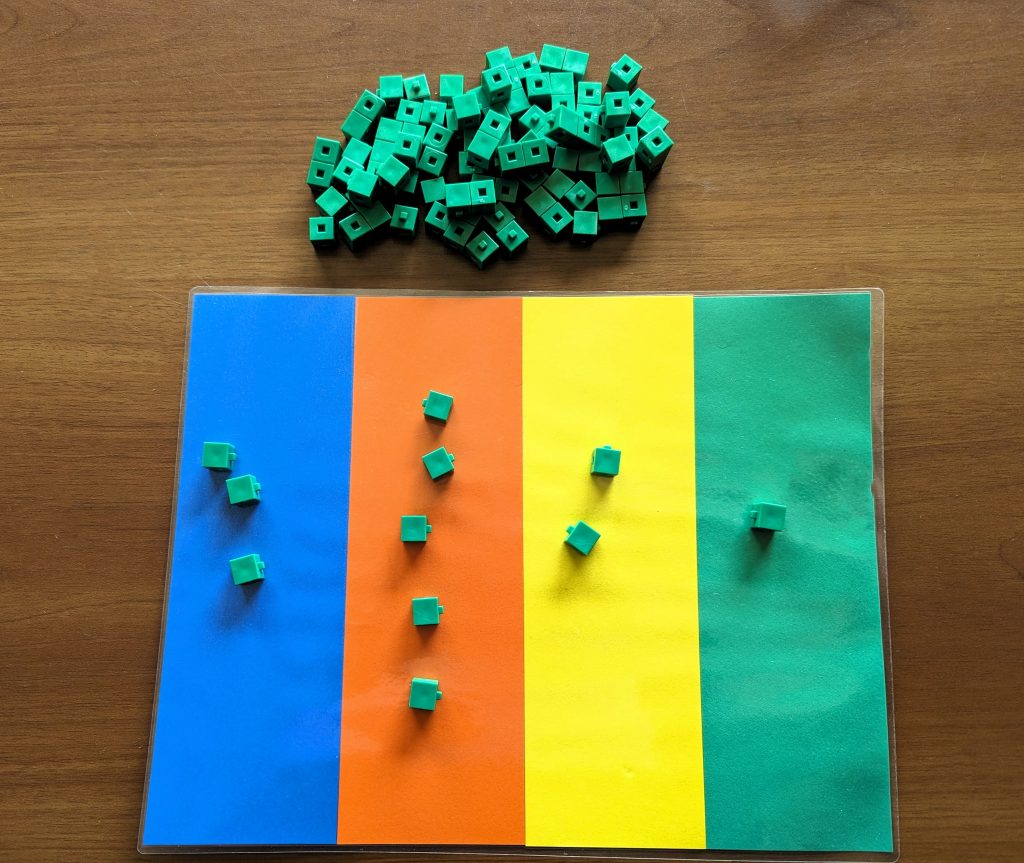Manipulatives for numeracy
In the progression of learning, three categories of equipment for working on numeracy are recognized: manipulatives with apparent and accessible groupings, manipulatives with apparent but non-accessible groupings, and manipulatives with non-apparent and non-accessible groupings. However, the different manipulatives also have other characteristics related to their relationship to writing, their relationship to the iconic, vocabulary, and the shape of the pieces.
This page presents various manipulatives grouped according to the three categories of equipment prescribed in the learning progression. Under each photo of the manipulatives, some additional characteristics are presented, along with an interactive version that can be projected onto an interactive whiteboard. The characteristics presented correspond to those of the manipulatives based on its construction, not based on students’ usage.
Manipulatives with apparent and accessible groupings
Open system.
Metaphor : groupings.
Counting required.
No global recognition possible.
Non-proportional model.
The shape of the objects is identical.
Vocabulary identical to the names of positions.
Value does not depend on the organization of the material.
Only one value for the same object.
Drawing representation identical to the material.
Closed system.
Metaphor: packaging and unpacking.
Counting not necessary.
No global recognition possible.
Proportional model.
The shape of the objects is identical.
Vocabulary identical to the names of positions.
Value does not depend on the organization of the material.
Only one value for the same object.
Drawing representation different from the material (color and open boxes).
Open system.
Metaphor : groupings.
Counting necessary.
No global recognition possible.
Non-proportional model.
The shape of the objects is identical.
Vocabulary identical to the names of positions.
Value does not depend on the organization of the material.
Only one value for the same object.
Drawing representation identical to the material.
Open system.
Metaphor: groupings.
Counting necessary.
No global recognition possible.
Non-proportional model.
The shape of the objects is identical.
Vocabulary identical to the names of positions.
Value does not depend on the organization of the material.
Only one value for the same object.
Drawing representation identical to the material.
Primarily used for supplements to 10.
Counting not necessary.
Global recognition possible.
Only one value for the same object.
Drawing representation identical to the material.
Manipulatives with apparent but non-accessible groupings
Open system.
Metaphor: exchanges.
Necessary counting.
No global recognition possible.
Proportional model.
The shape of objects is variable.
Vocabulary different from position names.
Value does not depend on the organization of the material.
The same object can only have one value.
Representation in drawing identical to the material.
Open system.
Metaphor : exchanges.
Necessary counting.
No global recognition possible.
Proportional model.
The shape of objects is variable.
Vocabulary identical to position names.
Value does not depend on the organization of the material.
The same object can only have one value.
Representation in drawing identical to the material.
Manipulatives with non-apparent and non-accessible groupings
Open system.
Metaphor: exchanges.
Necessary counting.
No global recognition possible.
Non-proportional model.
The shape of objects is identical.
Vocabulary identical to position names.
Value depends on the organization of the material.
The same object can only have one value.
Representation in drawing identical to the material.
Open system.
Metaphor: exchanges.
Necessary counting.
No global recognition possible.
Non-proportional model.
The shape of objects is identical.
Value depends on the organization of the material.
The same object can only have one value.
Representation in drawing identical to the material.
Open system.
Metaphor : exchanges.
Necessary counting.
No global recognition possible.
Non-proportional model.
The shape of objects is identical.
Vocabulary identical to position names.
Value depends on the organization of the material.
The same object can have multiple values.
Representation in drawing identical to the material.
Open system.
Metaphor: exchanges.
Counting not necessary.
No global recognition possible.
Non-proportional model.
The shape of objects is identical.
Vocabulary identical to position names.
Value depends on the organization of the material.
The same object can have multiple values.
Representation in drawing identical to the material.




